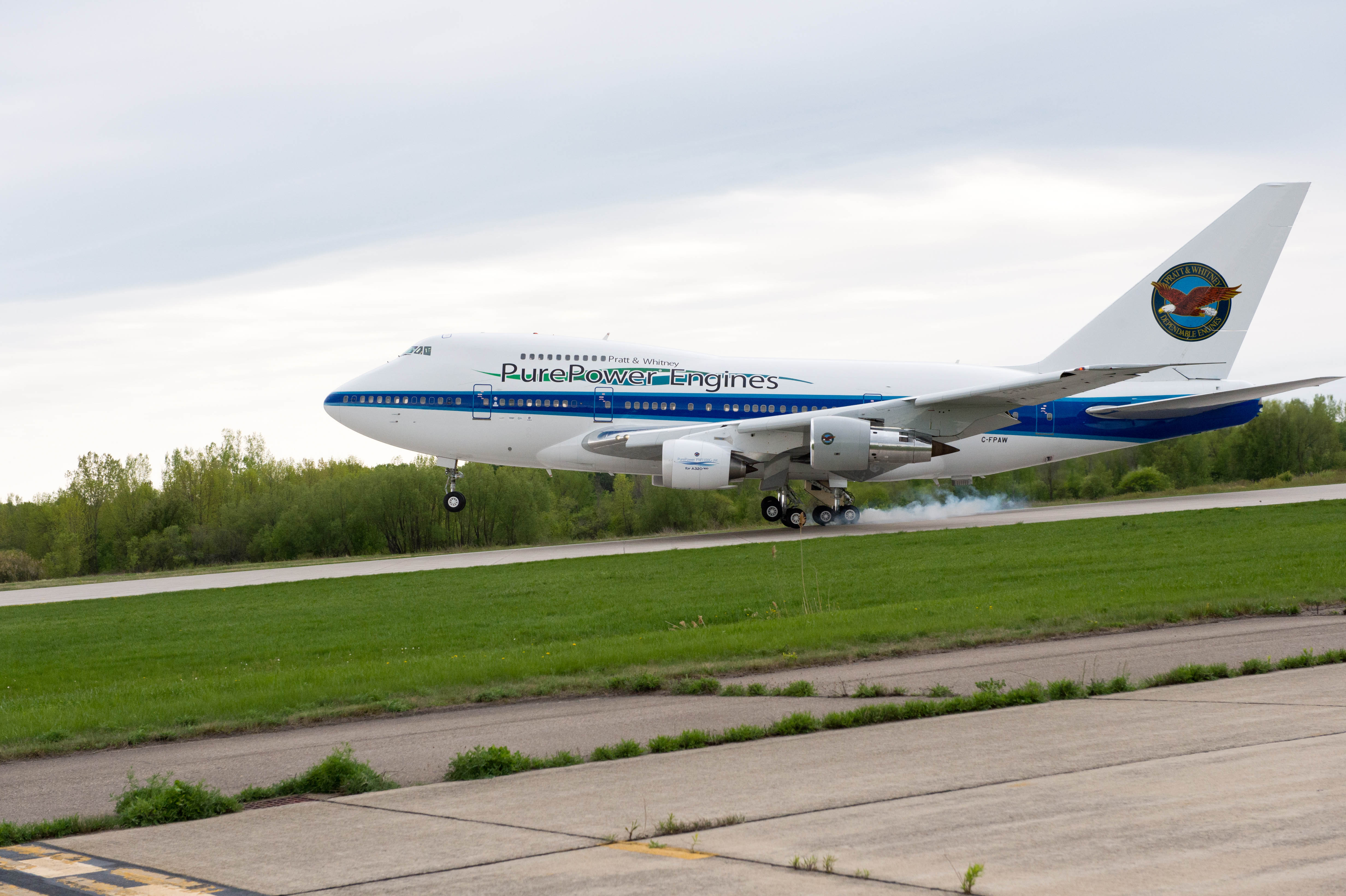Military
Is United Technologies Giving Up on Building New Jet Engines?
Published:
Last Updated:

The company’s former CEO unceremoniously retired in late November, and new CEO Gregory Hayes, a 25-year veteran of UTC and the company’s chief financial officer, took the reins. At Thursday’s meeting, Hayes scotched the idea of building a new engine for wide-body planes based on the geared turbofan platform of the company’s PurePower engines for single-aisle planes. The company’s Pratt & Whitney division competes with CFM International, a 50/50 joint venture between General Electric Co. (NYSE: GE) and France’s Snecma, and the jet engine division of Rolls Royce.
In answer to a question related to building a new engine, Hayes is cited by aircraft industry analyst Leeham:
We have to take [R]&D down. We have been in this investment cycle since 2007 on the GTF [geared turbofan]. The CSeries [for Bombardier] is going to go into production next year. You’re going to have the NEO [for the Airbus A320neo] in production next year .… The fact is [R]&D should come down.
Like all organizations, however, there’s an insatiable appetite to do more, right? What we need to do is figure out a way to do more with less because we cannot continue to afford to invest at these levels. We had $1.1 billion of [R]&D at Pratt, $800 million at the Aerospace Systems.
That’s not sustainable for us at that level. It’s got to come down closer to 4% or 5% of sales than what it is today.
ALSO READ: What Could Make GE the Best Dow Stock of 2015
At 4% or 5% of sales, based on 2013 revenues of $14.5 billion, Pratt & Whitney R&D will drop to around $580 million to $725 million.
CFM is the exclusive provider of engines for the new 737 MAX from Boeing Co (NYSE: BA) and also has about 50% of the business for the Airbus A320neo. If Pratt & Whitney does choose not to participate in the bidding for a new engine for a new plane to replace Boeing’s 757 and 767, only CFM and Rolls Royce will be left to split the business for the new plane and for larger planes like an A330neo and the 777X.
Of course the new aircraft may never be built, in which case Hayes will look like a genius, and Boeing’s CEO hinted in November that a new plane to fit between the 737 and the 757 will be available by 2030. That gives UTC some time to change its mind.
The company’s shares were down about 1.4% at noon on Friday, at $112.44 in a 52-week range of $97.30 to $120.66.
ALSO READ: Do Airbus Missteps Offer Relief for Boeing?
Retirement can be daunting, but it doesn’t need to be.
Imagine having an expert in your corner to help you with your financial goals. Someone to help you determine if you’re ahead, behind, or right on track. With SmartAsset, that’s not just a dream—it’s reality. This free tool connects you with pre-screened financial advisors who work in your best interests. It’s quick, it’s easy, so take the leap today and start planning smarter!
Don’t waste another minute; get started right here and help your retirement dreams become a retirement reality.
Thank you for reading! Have some feedback for us?
Contact the 24/7 Wall St. editorial team.